Portfolios of the Poor
A major misconception many Americans have of the global poor (and poor Americans for that matter) is that they are listless, lazy, and lacking creativity. The reality is that the poor often work long hours -as they do in the United States,-or work many jobs and play many roles -as they do here in Benin. Nothing highlights this point more than my recent observations and work at site.
I'll start with the corn harvest. Farmers sowed corn back in April/May and now hustle home every night with the day's worth of harvest. They promptly strip the ears and thump their thumbs at the kernels, which are then sifted, dried, and stored before milling. Corn is the primary food crop of Lac Ahémé as it is eaten at nearly every meal in the form of boiled dough, or pâte (which I wrote about in an earlier post). Nearly every household has its small 1-2 hectare field somewhere within walking distance of their home, and chances are they grow at least a little -if not a lot of- corn. Each family judges how much of the harvest they want for their own consumption throughout the year, selling the rest at the local market. Some farmers will even grow a second round of corn with the second, smaller rainy season of the autumn months.
Like I said, nearly every household has its cornfield, but they often grow other crops in that field and find employment in other ways. Séraphin farms corn and cassava, processes the cassava, works as a construction worker, and serves as my language tutor. Vakpanu farms, gardens, and raises catfish. Mathias is the local primary school director. Not only does he work full-time at the school, but he both farms corn and tends to an acadja fishery. All these activities lay the foundation for making a living: First, because each activity often provides insufficient produce or income to support a family year-round; and second, because even if one activity could achieve such success, putting all your eggs in one basket is risky business. Thus, planting multiple crops per field (AKA polyculture) and stringing jobs together form the basis for survival in an uncertain economic and ecological environment where one slip means the difference between security and disaster. Such economic choices may not always optimize the profitability of an activity, but they optimize risk and reward in a world without insurance.
The first goal of my Sustainable Agriculture Systems program supports this kind of product diversification alongside responsibly increasing crop yields (i.e. using organic fertilizers over chemicals). We even like to take it a step further through food processing. While my counterpart and I have not yet worked with corn growers, we took advantage of the local tomato crop by teaching a women's group how to can tomatoes. Tomatoes are grown almost as much as corn and cassava, but they have never been conserved in my area of Lac Ahémé. As a result, the tomato season comes every fall, the price plummets, and the deluge of tomatoes often leads to rot and waste. Our simple, homemade technique uses recycled bottles and lids to preserve tomatoes for more than a year. Canning allows these women to buy low during the tomato season and sell high come spring. Alternatively, they can eat the tomatoes themselves!
These women, however, save more than tomatoes. They recently started their own Village Savings and Loan Association (VSLA) to mobilize their financial savings. Most of the global poor is marginalized from conventional credit markets and thus lack access to tools like savings accounts, credit, and business loans. Our VSLA model brings people together to save $0.50-$1 weekly, borrow monthly, and reimburse quarterly, all within the confines of the group's membership. The result is an organization run by and for its members with the goal of turning small savings into big gains. Not only will loans jumpstart businesses, but all the interest paid on them will return to the pockets of the members. With enough loans, they may receive 150% or more of what they put in after a year.
This kind of payback underscores a key point made in one of my favorite books on international development, Portfolios of the Poor, whose title I've taken for this post. The authors scrupulously studied the financial diaries of nearly 200 households across the world, finding that the global poor employ far more sophisticated financial techniques than the globally wealthy. In essence, they need to manage the stressful balancing act of feeding families when income per day may vary from $2 one day, to $6 the next, and then nothing the third day. This is a major form of uncertainty that risks food insecurity, illness, and sense of self-worth. It turns out the poor are involved economically in many ventures and touch a lot more money than their income suggests. It's just that they quickly dispense of it via gifts, credit, and loans -often as part of financially supporting friends, families, and neighbors.
The spirit of these findings matches what I see here in Benin. People stock up and support packed portfolios of economic and financial assets and obligations, all in an effort to make ends meet and improve upon yesterday. Balancing risk, uncertainty, resources, and time, people farm, fish, teach, can, save, and borrow in an intricate web of activity. Being poor is anything but easy and clear-cut, and it certainly is no product of laziness and inattentiveness. Instead, creativity and solidarity thrive where one's work brokers more than daily bread, but the resiliency and future of communities.
Cited
Collins, D., Morduch, J., Rutherford, S., & Ruthven, O. (2009). Portfolios of the poor: How the world's poor live on $2 a day. Princeton: Princeton University Press.
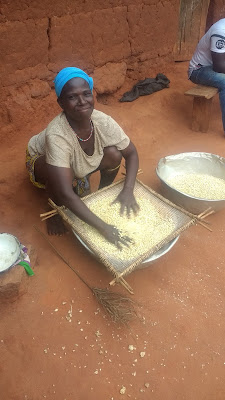
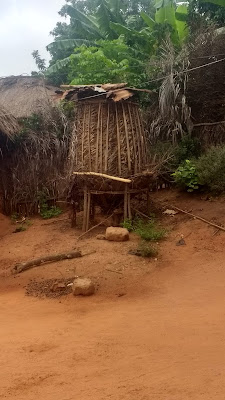


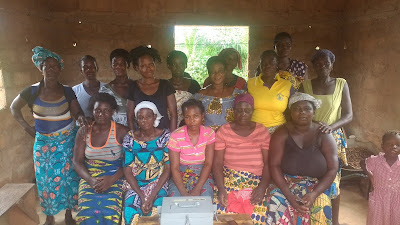

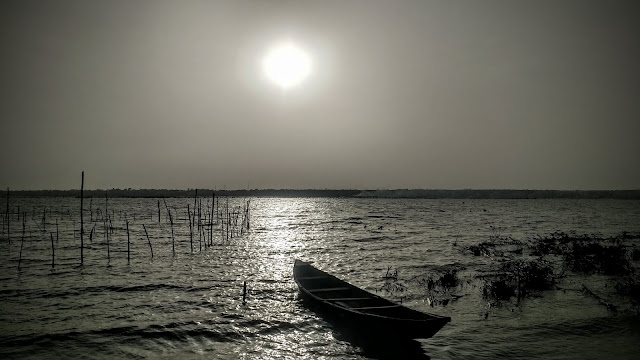
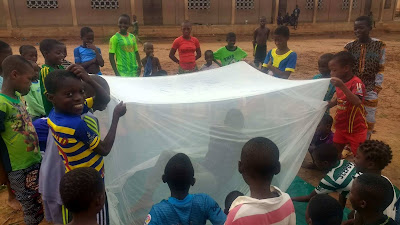
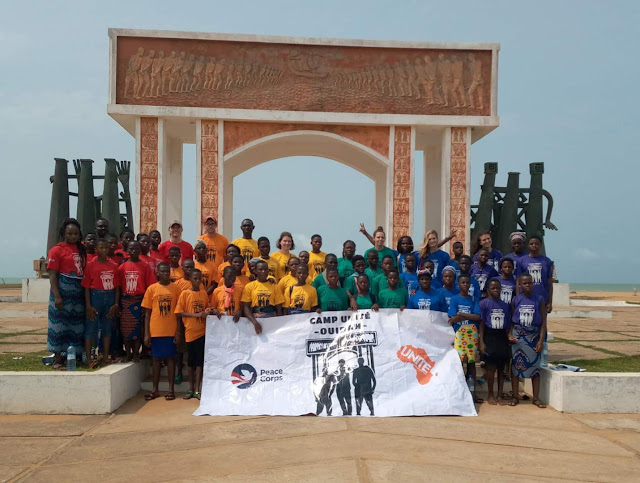
Comments
Post a Comment